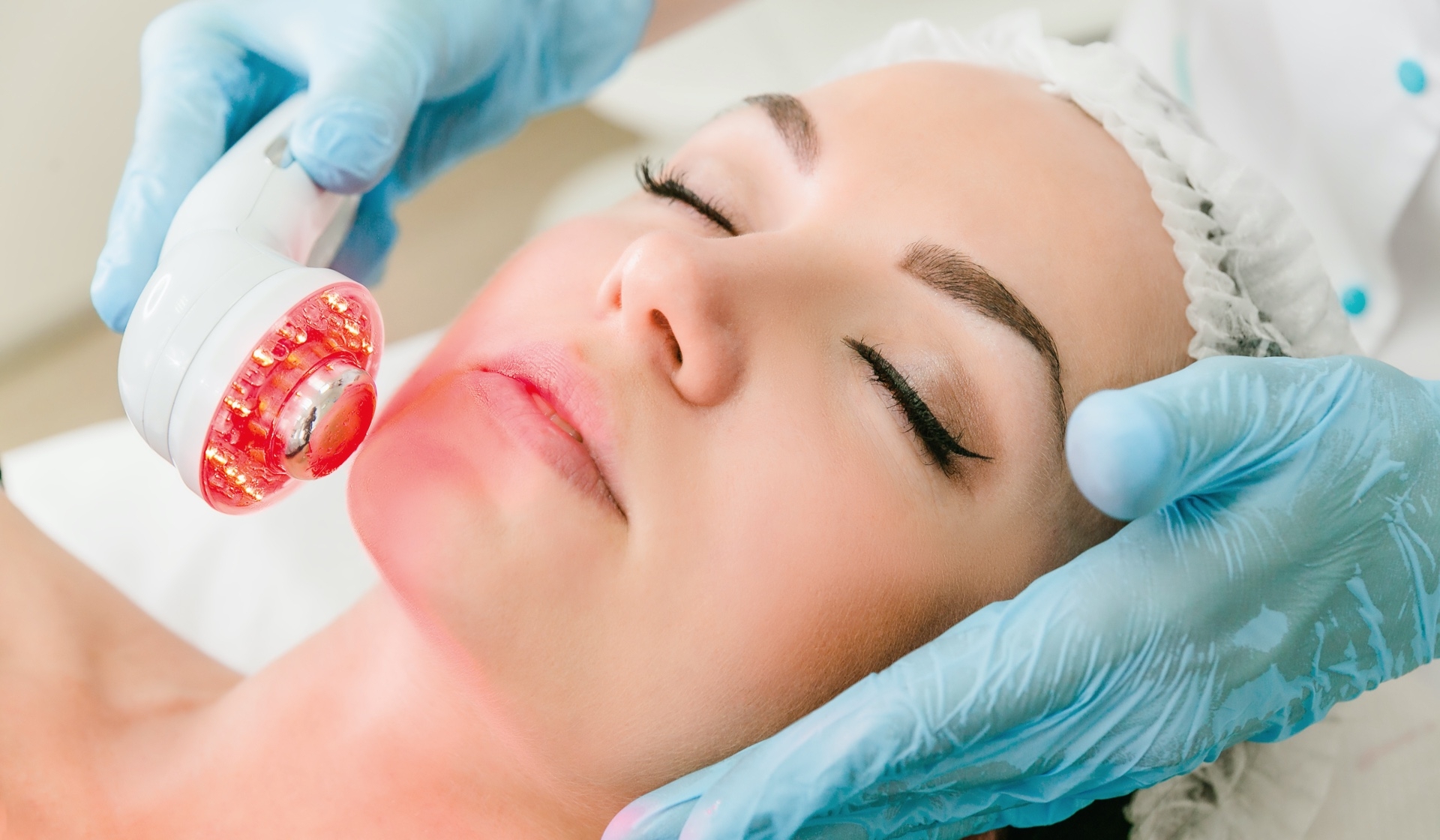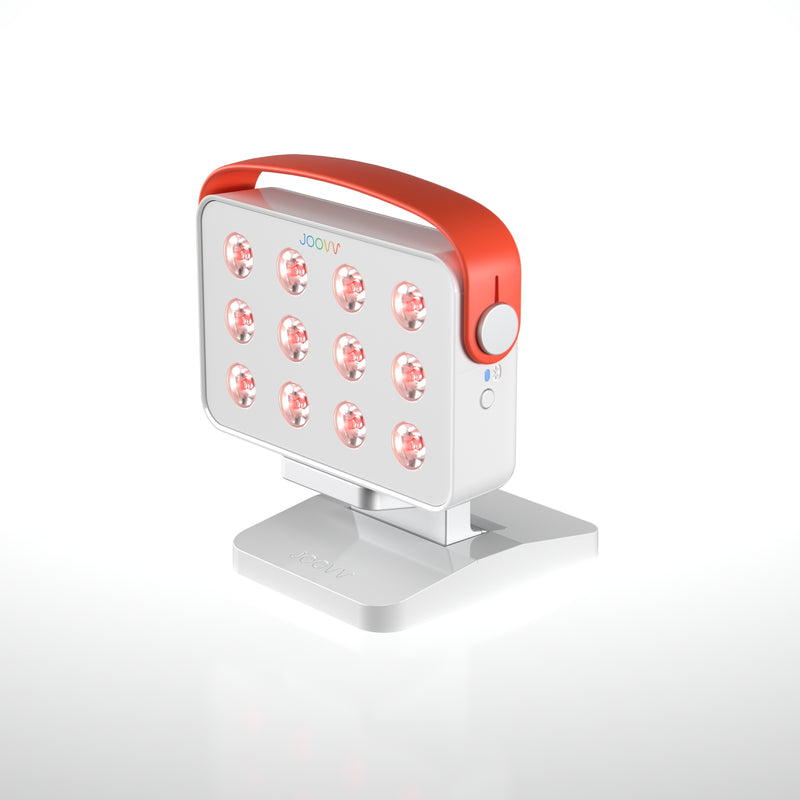The Science Behind Photobiomodulation: Illuminating Healing Pathways
Wiki Article
Opening the Potential of Photobiomodulation: A Promising Approach for Therapeutic Treatment
Are you interested about the capacity of photobiomodulation for healing intervention? Imagine a situation where an individual struggling with persistent pain discovers alleviation via a non-invasive therapy that makes use of light. This is exactly what photobiomodulation offers. It is an appealing strategy that harnesses the power of light to stimulate healing and minimize swelling in numerous clinical problems. By targeting specific cellular processes, photobiomodulation has shown potential in speeding up injury healing, minimizing pain, and advertising cells regrowth. In this introduction, we will discover the devices of action, applications in medicine, and the present proof supporting the efficacy of photobiomodulation. Furthermore, we will certainly talk about future directions and possible difficulties in opening its complete possibility as a healing treatment.Recognizing Photobiomodulation
To recognize photobiomodulation, you require to comprehend the idea of just how light therapy can directly influence cellular processes in your body. Photobiomodulation, additionally called low-level light therapy, is a non-invasive treatment that utilizes details wavelengths of light to promote biochemical reactions in your cells. When revealed to these light wavelengths, your cells take in the power and transform it into mobile power, referred to as adenosine triphosphate (ATP) This rise in ATP production results in a waterfall of cellular responses, including boosted metabolic rate, enhanced blood circulation, and boosted production of collagen and various other proteins.The therapeutic impacts of photobiomodulation are far-ranging and have been researched extensively in numerous medical fields. It has revealed promising lead to promoting tissue repair and regeneration, lowering inflammation, relieving pain, and boosting injury healing. Additionally, photobiomodulation has actually been located to have a positive effect on neurological problems, such as traumatic brain injury and stroke, by promoting neural task and promoting neuroplasticity.
Unlike other therapies, photobiomodulation does not cause or produce any kind of warm tissue damage. It is important to keep in mind that photobiomodulation must be provided by trained professionals or according to the supplier's instructions to guarantee optimal outcomes and security.

Systems of Action
In understanding the devices of action, you will certainly find exactly how photobiomodulation straight affects cellular procedures with specific biochemical responses. When light is related to the body, it is absorbed by chromophores, such as cytochrome c oxidase and flavins, which are existing in the mitochondria. This absorption results in a waterfall of occasions that eventually result in mobile changes.Photobiomodulation enhances the task of cytochrome c oxidase, an essential enzyme in the mitochondria that is involved in the electron transport chain. As an outcome, mobile metabolism is improved, advertising tissue repair work and regrowth.
Furthermore, photobiomodulation has been revealed to regulate cellular signaling pathways. It turns on different growth variables and signaling molecules, such as nitric oxide and reactive oxygen species, which play important duties in processes like angiogenesis, inflammation, and cell spreading. These signaling paths add to the therapeutic effects of photobiomodulation, promoting cells recovery and reducing pain and inflammation.
Applications in Medicine
Check out the wide-ranging applications of photobiomodulation in medicine. Photobiomodulation, also called low-level light treatment, is a non-invasive therapy that makes use of light to boost mobile procedures and advertise recovery. In medication, this strategy has actually revealed appealing outcomes throughout different areas.Among the key applications of photobiomodulation is in discomfort monitoring. photobiomodulation laser. It has actually been utilized to minimize both persistent and intense discomfort, consisting of musculoskeletal conditions, neuropathic discomfort, and post-operative pain. By targeting the affected location with details wavelengths of light, photobiomodulation can minimize inflammation, advertise cells repair work, and provide alleviation
Additionally, photobiomodulation has shown potential in wound recovery. It can speed up the healing process by boosting cell spreading, advertising angiogenesis, and minimizing scar tissue development. This has considerable ramifications in the treatment of persistent injuries, such as diabetic abscess and pressure sores.
In dermatology, photobiomodulation has been made use of for its regenerative and anti-inflammatory effects. It can boost the look of scars, lower acne sores, and stimulate hair development in problems like androgenetic alopecia.
Additionally, photobiomodulation has revealed guarantee in neurorehabilitation. It can enhance cognitive feature, enhance motor recuperation, and aid in the therapy of neurodegenerative illness like Alzheimer's and Parkinson's.
Clinical Proof and Research Searchings For

In the area of bone and joint problems, photobiomodulation has been found to decrease pain and inflammation, enhance variety of movement, and speed up cells repair service. In addition, photobiomodulation has actually revealed favorable results on injury recovery by advertising collagen synthesis, fibroblast, and angiogenesis proliferation.
Furthermore, research has revealed that photobiomodulation can have neuroregenerative and neuroprotective results. It has been located to improve cognitive feature, decrease neuroinflammation, and boost neuronal survival and synaptic plasticity. This has essential ramifications for the treatment of neurological conditions such as Alzheimer's disease, Parkinson's illness, and stroke.
Future Instructions and Possible Obstacles
Progressing, it is very important to think about the future directions and potential obstacles bordering making use of photobiomodulation as a restorative intervention. One vital future instructions is the exploration and optimization of dosing criteria. Presently, there is no consensus on the optimum wavelength, strength, duration, and regularity of photobiomodulation treatment. Further study is needed to recognize the dose-response partnership and establish evidence-based standards for scientific practice.An additional essential future instructions is the development of affordable and portable photobiomodulation gadgets. While existing tools work, they are frequently cumbersome, expensive, and need professional supervision - pbm therapy. The advancement of budget-friendly and user-friendly devices would considerably boost ease of access to this treatment, permitting more individuals to benefit from its possible healing impacts
In addition, future research ought to concentrate on clarifying the mechanisms underlying photobiomodulation. Despite its growing popularity, the precise devices through which photobiomodulation applies its therapeutic effects are not fully comprehended. Understanding these mechanisms would not only improve our understanding of the treatment however additionally help in the growth of even more targeted and reliable treatments.
Nevertheless, there are likewise prospective difficulties that require to be resolved. photobiomodulation. These include the need for standardized methods, the photobiomodulation laser need for properly designed professional tests with bigger sample dimensions, and the demand for lasting follow-up research studies. Regulative and safety and security factors to consider should be taken right into account to guarantee the safe and effective use of photobiomodulation in medical practice.
Final Thought
In final thought, photobiomodulation holds fantastic assurance as a restorative treatment in medicine. Its devices of action and clinical evidence recommend its prospective for dealing with different problems. Additional study is needed to completely recognize its benefits and attend to any potential difficulties. With recurring studies and innovations in this field, photobiomodulation has the potential to open brand-new possibilities for enhancing individual outcomes.Are you interested concerning the potential of photobiomodulation for therapeutic intervention? By targeting particular cellular procedures, photobiomodulation has actually revealed possible in increasing injury recovery, reducing pain, and promoting tissue regeneration.Additionally, photobiomodulation has shown potential in wound recovery.Moving forward, it is important to consider the future directions and prospective difficulties surrounding the use of photobiomodulation as a therapeutic intervention. With recurring researches and innovations in this area, photobiomodulation has the potential to unlock brand-new opportunities for boosting person end results.
Report this wiki page